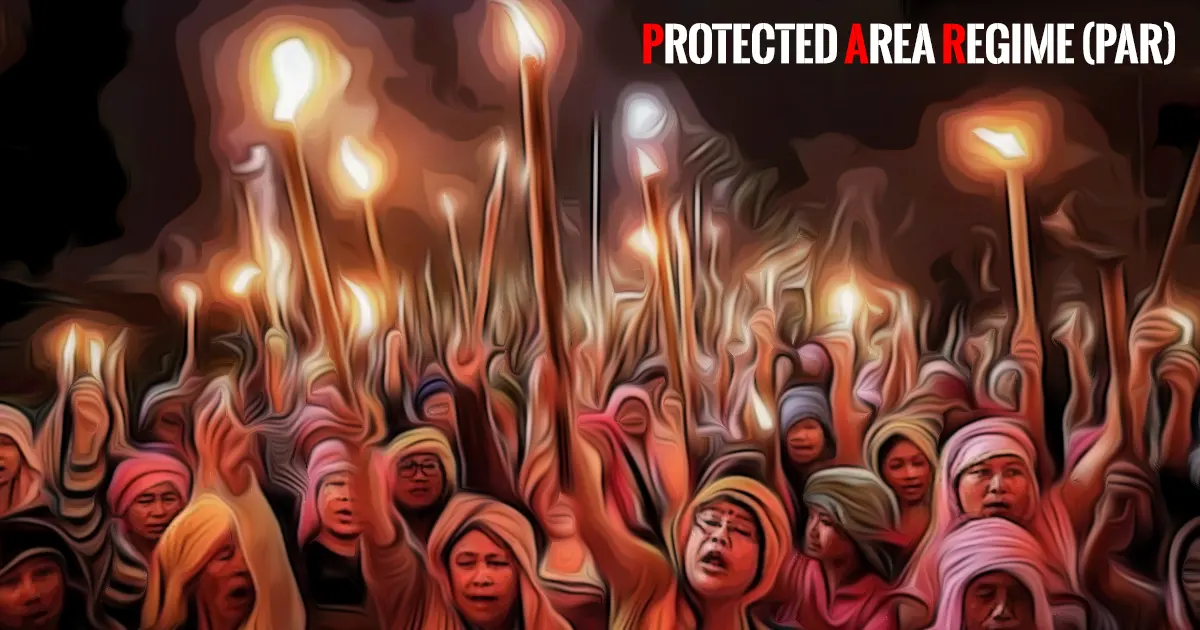GS 3 : INTERNAL SECURITY

The Union Home Ministry has reimposed the Protected Area Regime (PAR) in Manipur, Mizoram, and Nagaland due to growing security concerns over foreign influxes from neighboring countries. This decision highlights the government’s focus on monitoring foreign movements and ensuring security in these sensitive areas.
What is the Protected Area Regime (PAR)?
The PAR is a set of rules under the Foreigners (Protected Areas) Order, 1958 that controls foreign visitors in areas of India considered sensitive due to security or political issues. These include parts of northeastern states and border regions.
Key Points:
- Restricted Access: Foreigners can’t visit these areas without permission from the government.
- Protected Area Permit (PAP): Foreign visitors need this permit to enter protected regions, which helps authorities monitor their movement.
- These areas are sensitive because of their proximity to international borders or issues like ethnic tensions or political instability.
Relaxations and Reimposition:
- The PAR was temporarily relaxed in 2010 to boost tourism in Manipur, Mizoram, and Nagaland, but it was reimposed later due to security concerns.
Foreigners (Protected Areas) Order, 1958:
- This order regulates foreign movements in sensitive regions of India. It defines the Inner Line, a boundary beyond which foreigners need a special permit.
- Areas between the Inner Line and international borders are Protected Areas, requiring a PAP for entry. This includes Arunachal Pradesh, Manipur, Mizoram, Nagaland, and Sikkim.
Restricted Areas:
- Some areas between the Inner Line and indigenous territories are Restricted Areas, where foreigners need a Restricted Area Permit (RAP) to enter.
- Examples include the Andaman and Nicobar Islands and parts of Sikkim.




